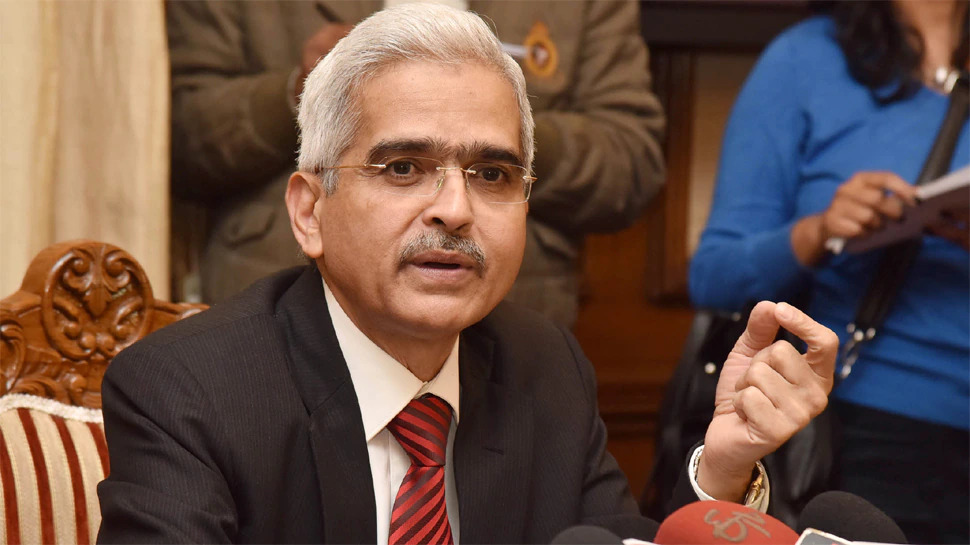RBI did not give relief to people facing inflation, results of monetary policy review released
New Delhi: After the meeting of the Monetary Policy Committee (MPC), Reserve Bank of India Governor Shaktikanta Das on Wednesday announced the decisions taken on interest rates and will help the common people suffering from inflation in some way. not given relief. Announcing the results, Shaktikanta Das said that the Reserve Bank has not made any changes in the Repo Rate and Reverse Repo Rate. Explain that after this decision of RBI, there will be no change in interest rates.
No change in policy rates
After the MPC meeting, RBI Governor Shaktikanta Das said, ‘The Monetary Policy Committee (MPC) voted unanimously to keep the repo rate at 4 percent. The reverse repo rate has also been kept unchanged at 3.35 percent. Along with this, there has been no change in the Marginal Standing Facility (MSF) and Bank Rates. It has been kept at 4.25 percent.
What is Repo and Reverse Repo Rate?
The rate at which Reserve Bank of India (RBI) gives loans to banks is called Repo Rate. With this loan, banks give loans to their customers. That is, when the repo rate is low, the interest rates on the loan are low and when the repo rate increases, banks can increase the interest rates. On the other hand, Reverse Repo Rate is just opposite to Repo Rate and it is the rate at which RBI pays interest on deposits from banks. Liquidity in the markets is controlled through the reverse repo rate.
